I grew up in the flat-topped foothills of the Cumberland Mountains in north Alabama, and my mother was a student of wild herbs, wildflowers, and native medicinal plants. On my desk right now is a book called Tales of the Ginseng that my parents gave me for my twelfth birthday in 1976. It is a book of collected lore, of Manchurian folktales, of kings who become ginseng roots, of ginseng plants that withdraw, just ahead of the digger, to lure them into a deep-earth spirit-world from which they never return.
The book introduced me to the master ginseng seeker, hunter and trapper Dersu Uzala, and to the Russian explorer V.K. Arseniev who recorded Uzala’s stories while traveling with him in the remote reaches of the Siberian taiga.
There is the accounting of American frontiersman Daniel Boone ruining twelve tons of dried, ready-for-market “sang” (the frontiersman’s word for American ginseng, which was also used in north Alabama) in a mishap in the rapids of West Virginia’s Kanawha River in 1889.
The book cited claims of ginseng’s healing and strengthening powers that bordered upon the miraculous, powers that had been recognized for more than 5000 years. For me, a school-hating solitary, most at ease in the shadowed hardwood forests, there was no more mysterious quarry than ginseng, and no more romantic figure than a ginseng digger.
I wasted no time in becoming one.
A Deep Apprenticeship to Place
The search for ginseng (Panax quinquefolius) was every bit the adventure I’d imagined it would be. It was hot early-autumn days roaming the mountains I loved, looking for the places where the shade was deepest and ginseng grew best.
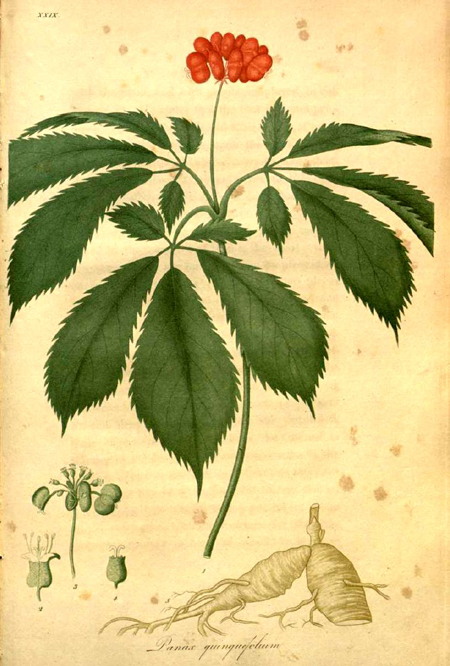
Digging ginseng meant a deep apprenticeship to place and to what grew and lived there, first learning the ginseng’s closest associates: the towering yellow poplar trees that grew in the deepest soils, the spicebush (L. Benzoin), whose own orange berries smelled exactly like crushed tangerine, the Solomon’s Seal (Polygonatum), the jack-in-the-pulpit (Arisaema triphyllum) that had lost its dramatic springtime flowers and produced a cluster of scarlet berries that, as one former digger told me, “could fool you for sang, if you are not looking close.”
Bloodroot (Sanguinaria canadensis L.) was a good indicator that ginseng might be near (but you had to find it early in the summer — because by September, bloodroot had mostly lost its leaves for the year), goldenseal (Hydrastis canadensis), even better, but goldenseal, in my part of the mountains, was even more rare than ginseng. All of these native plants, I’d like to note, are strikingly beautiful, as is ginseng itself, as if these healthy ecosystems possess a kind of vigorous artistry that echoes somewhere in the human soul. The rich folklore of ginseng is no accident — the plant inspires awe in people, and it always has.
At this southern expanse of the ginseng’s native range, it was found in hyper-specific places — deep loam, shade, unaltered habitats, the last redoubts of the native species, from rare plants to timber rattlers.
It became second nature to know where the ginseng would almost never be found, or which plants lived in conditions inimical to it. Poison ivy meant hot and dry, a place disturbed sometime in the past, logged or grazed by cattle or goats, the ginseng long extirpated, if it was ever there at all. Eastern red cedar meant shallow limestone soils and no ginseng, as did straggling St. John’s Wort (Hypericum dolabriforme).
Because all marketable plants had once been harvested relentlessly in these mountains, the best places for hunting ginseng were the most remote, or the hidden places reached by forgotten trails and old mule-wagon roads long grown over. Wonders abounded, in the dappled yellow light of those woods, with only the soft strange croaking of the rain crow (our name for the yellow-billed cuckoo) to break the utter silence.
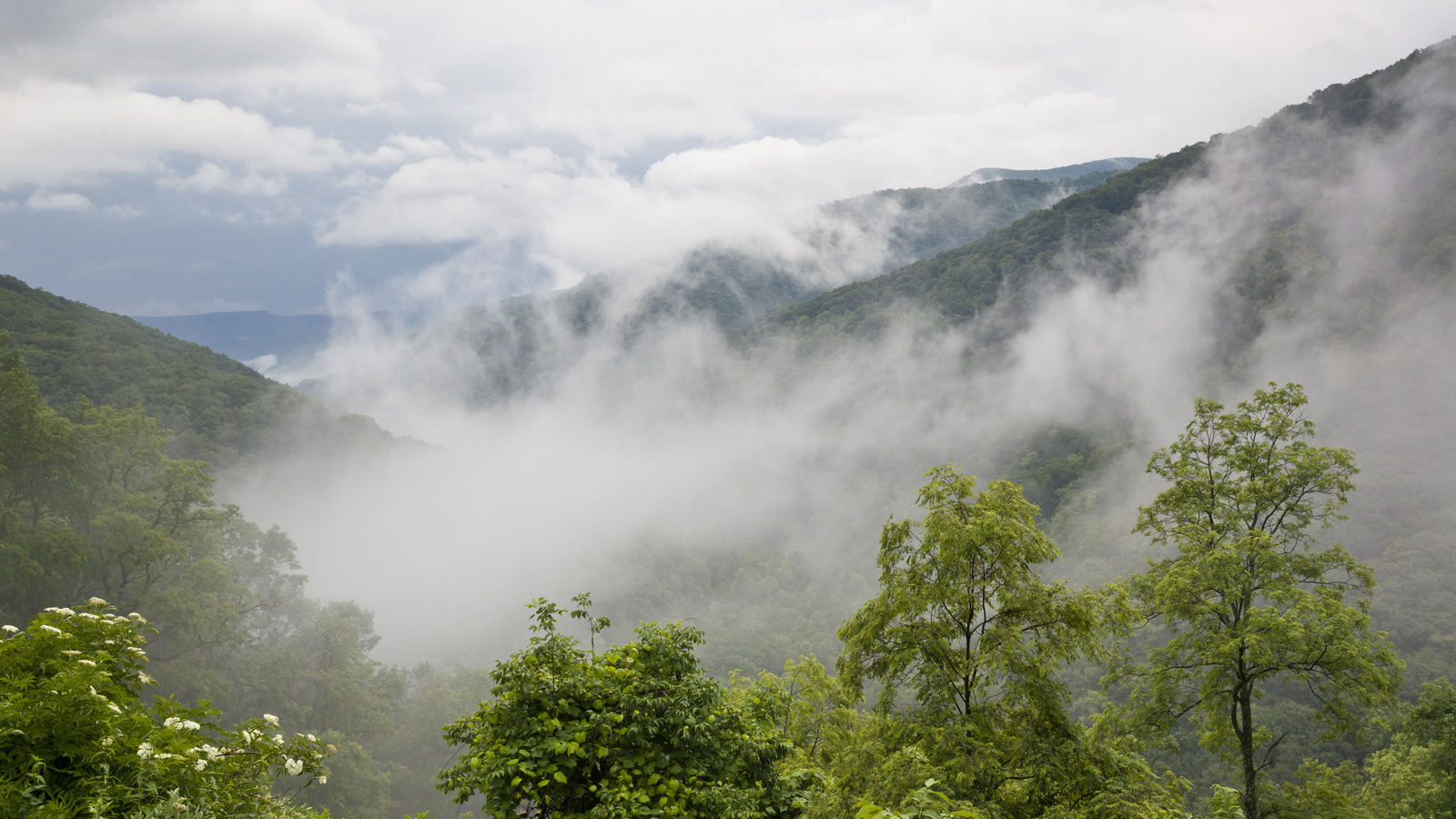
I found caves with the wreckage of moonshine operations, busted tubs and mattress springs and barrels rotted to the hoops. There were haunted–looking cabin ruins, a dark hollow with a rocked-in spring and water cold enough to make your teeth ache, an old tin cup hanging from a branch above.
A couple of times I talked with an old man with snuff-stained lips, in faded overalls, carrying an old tote over his shoulder, parting the undergrowth with a walking stick cut from a hickory sapling: a ginseng digger of the oldest school, the Alabama kinfolk of Dersu Uzala.
Because of my mother’s influence and my reading, I was always a careful ginseng digger, never harvesting a plant until mid-September or later, when the berries were the deep red of ripeness, or already fallen and scattered into the rich leaf litter of the forest floor.
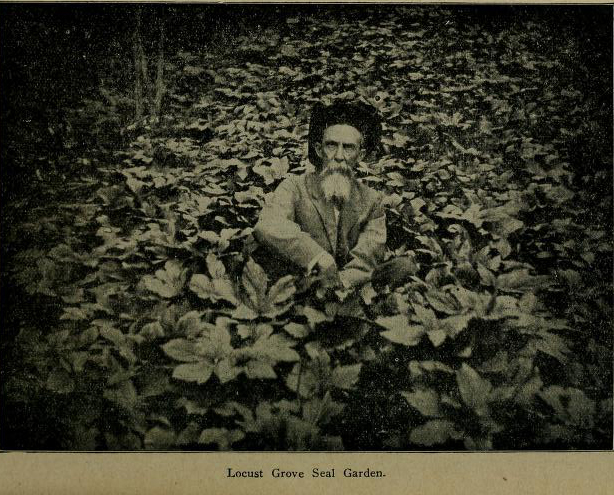
I replanted every berry carefully, in as natural a pattern as I could imagine. For a few years each fall, I dug a pound or so of roots, carefully drying them, and storing them in a burlap bag hung on our screened porch.
In November, I sold them at an old store near Gurley, Alabama, called Campbell’s Fur and Root, spreading them out on a clean table in the front room, the air thick with the heavy-ginger scent of ginseng, black earth and raw muskrat and coon hides. I can’t remember the price per pound — $30 dollars maybe, or a little more. I’d buy a 500-round box of .22 rifle shells for the winter’s squirrel and rabbit hunting, shotgun shells for dove and bobwhite quail, a new pocket knife.
And then, of course, when I got older and understood the impact that diggers like me were having on rare plants like ginseng, I quit.
Ginseng Poachers
American ginseng, at least the wild variety that so fascinated me, couldn’t take the pressure of harvest for a world market, especially a Chinese market, which, at times, seemed to be insatiable. At the eleventh Convention on International Trade in Endangered Species of Wild Fauna and Flora, American ginseng was listed as an Appendix II species of concern, joining 21,000 other plants and animals that, while not immediately threatened with extinction, may become so unless their trade is strictly regulated.
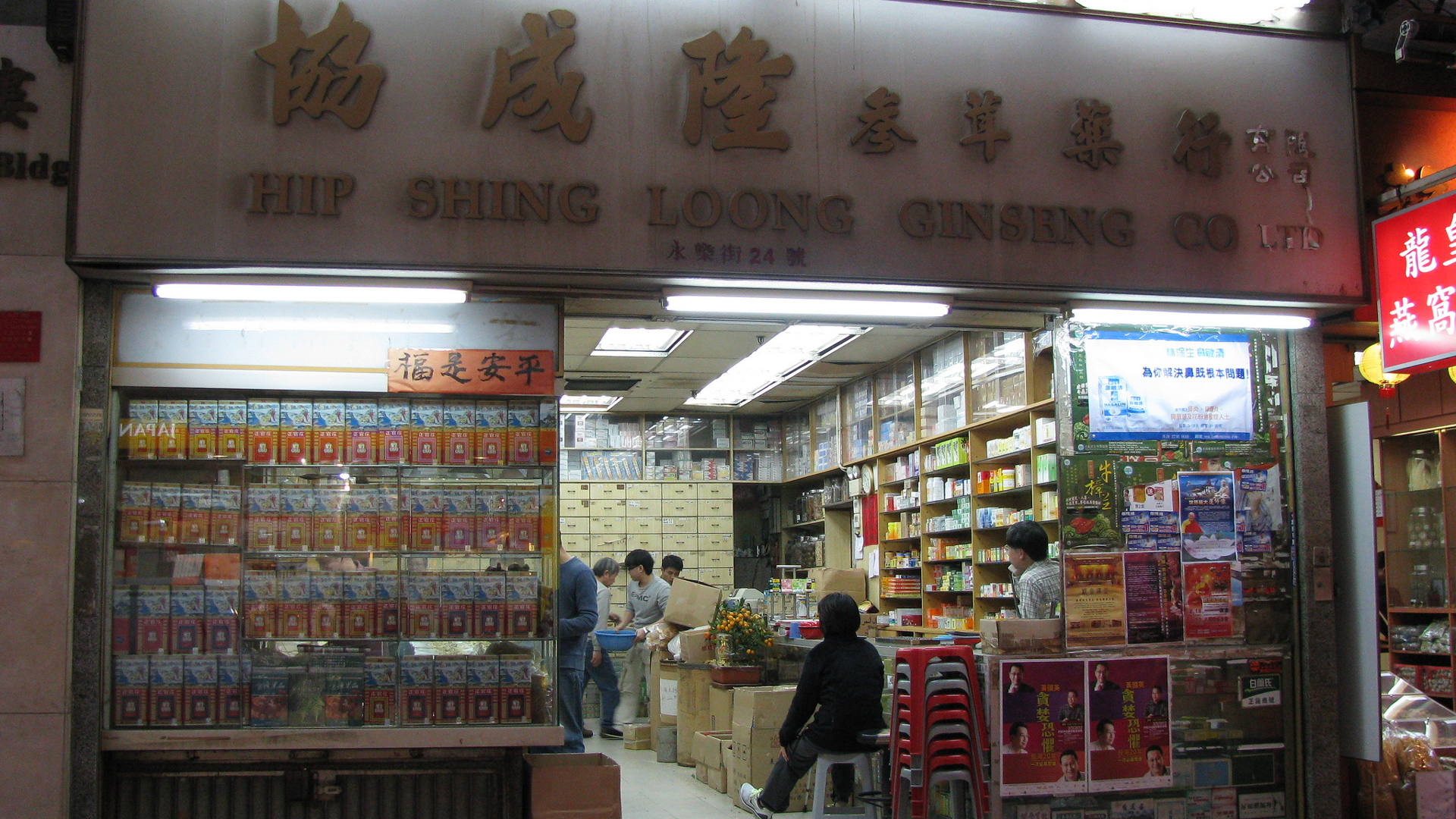
The nineteen US states where ginseng can be found all now regulate the plant’s harvest, requiring a permit for both harvest and sale, with most of them setting a strict season of September 1 through September 15 .
Because the plant is found in such remote locations, and because the trade had always been informal and unregulated until the past ten years or so, it is difficult to say what effects the regulations are having.
I called Robin Black, the Ginseng Coordinator for the West Virginia Division of Forestry to ask her what some of the major challenges and questions are about the current state of the plant.
“Our state parks and state forests here are off-limits to harvest, so we are hoping that those places will continue to be strongholds of ginseng,” she said. “We’ve planted a lot of it, too, in the past ten years, with the West Virginia Ginseng Grower’s Program, but we have had some too-wet years, and we had a derecho that took down a lot of the trees where we had planted.”
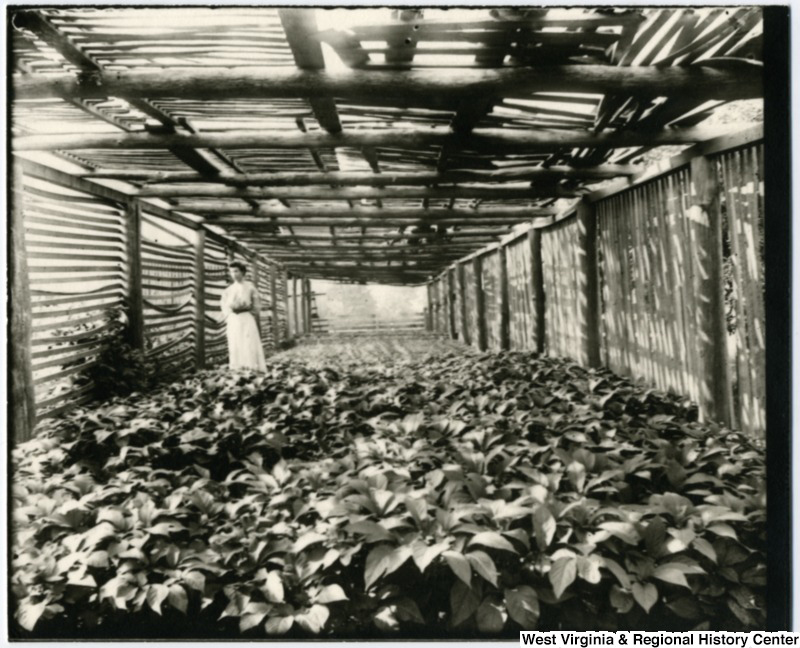
As to regulating the wild ginseng trade, Black said it was a struggle with some new twists related to the epidemic in opiate addiction and use in Appalachia. “Department of Natural Resources law enforcement works really hard on this, but it is hard to catch the people who harvest out of season, before the berries turn red, and so much of what is harvested now is traded for pills. Those kind of people don’t follow any of the laws.”
With prices for wild ginseng running as high as $900 per pound, there is plenty of incentive for poachers as well as skilled legal diggers to harvest the plants at completely unsustainable levels. Many states have a regulation that only ginseng plants over five years old may be sold — the age is determined by looking at the “neck,” the top of the root where it connects to the stalk, which develops a ridge with every year of growth. A big “four prong” ginseng plant will almost always be five years old or much older, but it’s hard to imagine a digger replanting roots that turn out to have less than five ridges on the neck.
United Plant Savers is a group based in Rutland, Ohio, whose stated mission is to “protect native medicinal plants of the United States and Canada and their native habitat while ensuring an abundant renewable supply of medicinal plants for generations to come.” (Full disclosure, my sister Shay Clanton, has the newest United Plant Savers sanctuary on her family’s land on Walker Mountain in Virginia, and she did the artwork for the current issue of United Plant Savers Journal).
Chip Carroll, who is the sanctuary steward for United Plant Savers’ 370 acre native plant preserve near Rutland, Ohio, is a man who has centered his life and his work around ginseng and other native plants. “I grew up in Ohio, a hunter, and always out in the woods,” he said. “I didn’t become aware of ginseng, really, until I was in college, but now, it is like it’s a part of me.”
![American ginseng in late fall with red berries, grown under wooden shade in Monk Ginseng Garden in Wisconsin. By Drginseng (Own work) [CC BY-SA 3.0], via Wikimedia Commons](https://blog.nature.org/wp-content/uploads/2016/07/MonkGinsengGarden.jpg)
Carroll also grows ginseng on his own, and works as a consultant to others who want to plant and market it. The biggest threat to wild ginseng, Carroll says, is the white-tailed deer, which have exploded in numbers throughout its range.
Human harvest comes in second. “If done properly, replanting all the ripe seeds, taking only the mature roots, it can be sustainable. But I still run into guys in the woods, digging ramps, goldenseal, black cohosh, ginseng, and they are just out there to get money to buy meth or prescription pills. They aren’t doing anything in a careful way.”
Carroll says that the current regulations, while necessary, are “haphazard and not well planned,” because so much of the “wild’ ginseng being regulated is actually intentionally planted and produced.
“I’m regulated by the wild ginseng laws, even though I plant seeds in appropriate places in my own woods, what I produce is called “simulated wild ginseng” and sooner or later we’ll need to make a distinction for that under the law, because a lot of responsible consumers don’t want to use wild-harvested ginseng, because of the impacts.”
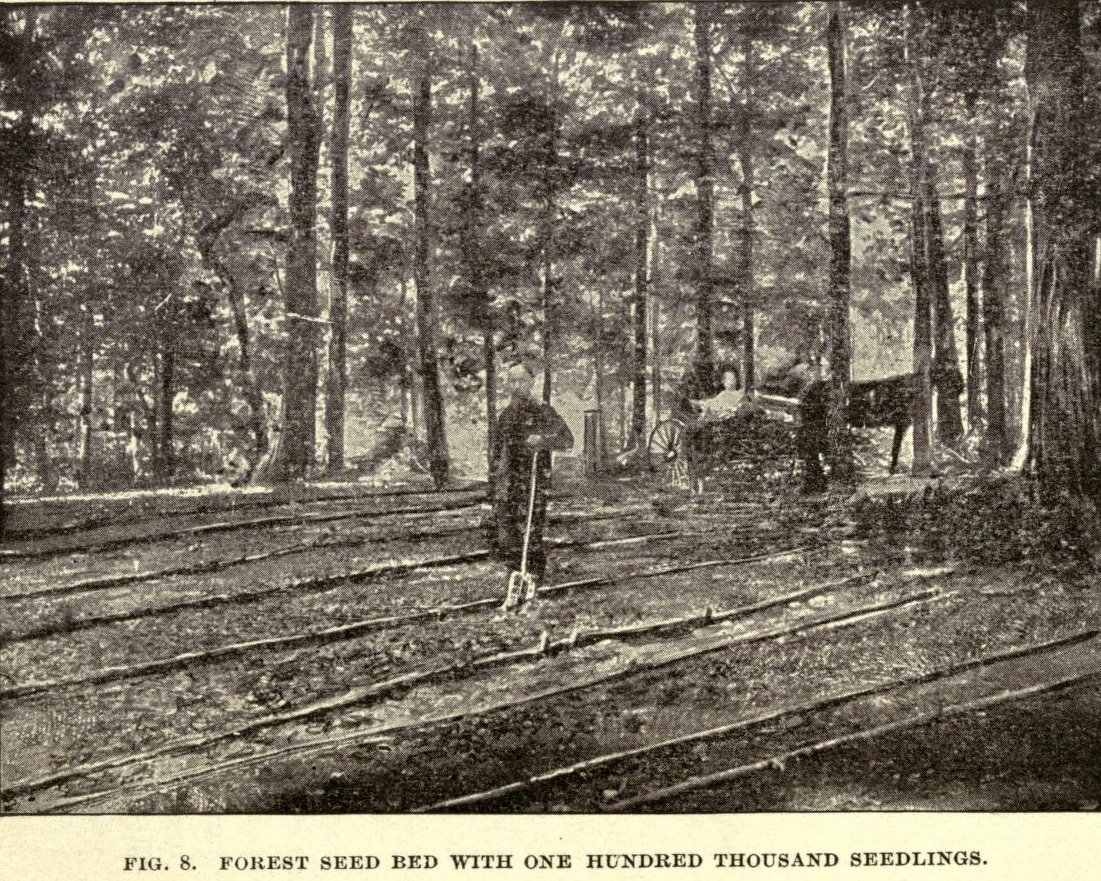
He said that some would argue that there is no wild ginseng; it has all been planted by people at some point, and moved around wherever it can grow.
“Now, if you found a root that was over 150 years old, that would for sure be a wild ginseng root,” he said. “I’ve seen them 50-to-60 years old.”
His voice takes on the excitement that I know so well myself, and that I hear from so many people who love the plant. “You see these huge old roots sometimes, and they are all sold into China, where they have an appreciation for them that has no parallel in our culture. It’s ginseng art, with roots selling for $2500 apiece, with much bigger prices for the man-shaped roots. The wealthiest and most elite businessman will have them framed, on a background of red velvet, and hang them on the wall, or give them as special gifts of respect.”
![By John Carl Jacobs (Own work) [CC BY-SA 4.0], via Wikimedia Commons](https://blog.nature.org/wp-content/uploads/2016/07/American_Ginseng_3.jpg)
A Return to Roots
As I finished the research for this story — my fascination with ginseng unabated after all these years — it occurred to me that I should find out whatever happened to Campbell’s Fur and Root Company back in Gurley.
Amazingly enough, I found a phone number on the internet, and called it. Dickie Campbell, the man who I sold my ginseng to 38 years ago, answered the phone. I told him who I was, and that I was writing a story about ginseng digging, and we discussed people we knew from back then, some living, some not.
“The ginseng is not as plentiful around here as it was when you were here,” he said. “It’s been overdug, in my opinion. They got a lot of regulation on it now, a federal-protected plant, with a season, and permits. I don’t know if you’ve seen it, but there’s a TV program they made, a reality show about ginseng, and that’s the worst thing ever happened to it. People out digging that never even knew what ginseng was before. Half of ‘em don’t even know what they’re digging up.”
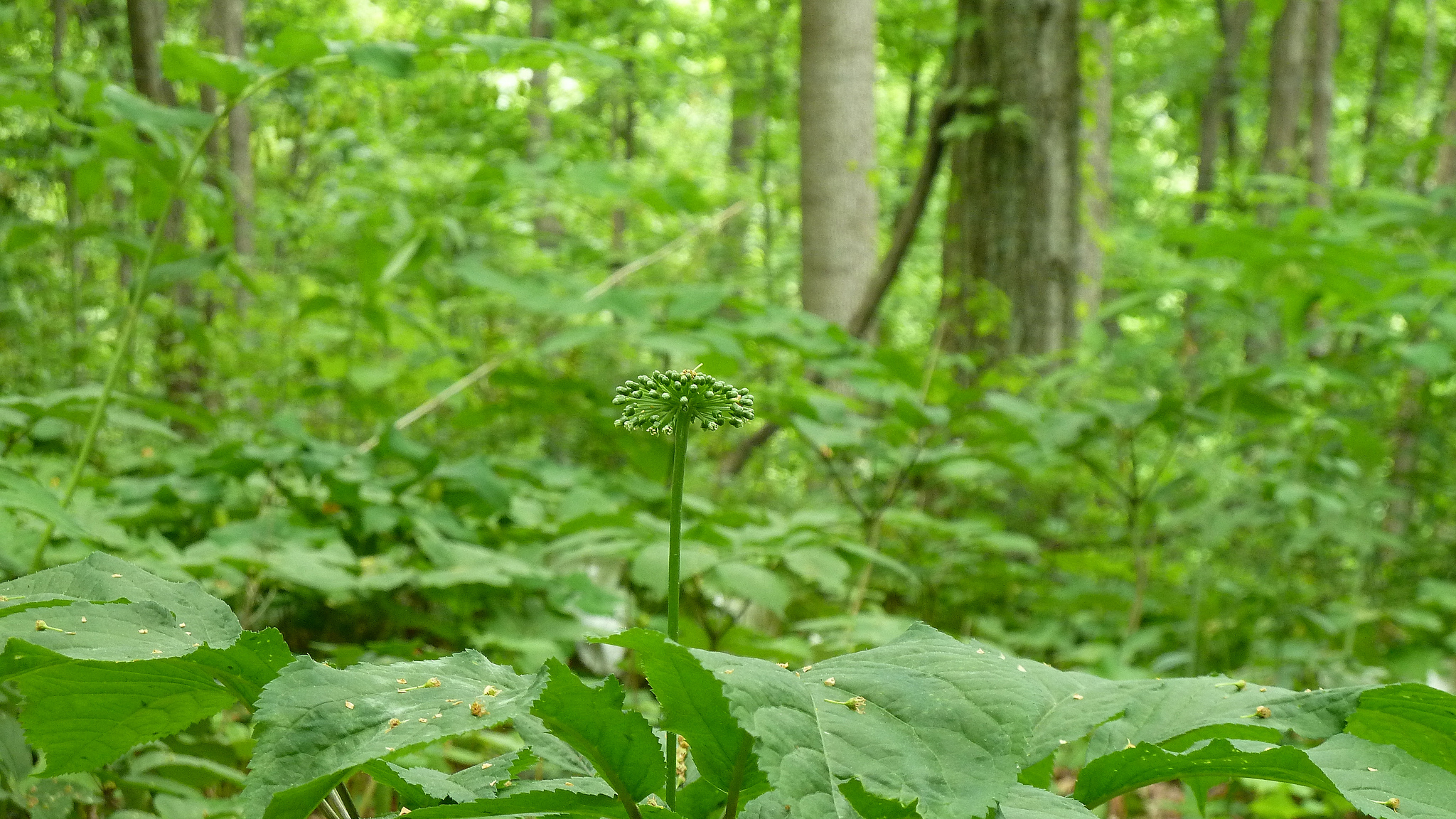
He said that prices had topped out at $900 a pound a few years ago, then fallen to $525 last year. “Then this year the bottom fell out of the market, down to $350 or so, because of the downturn in the Chinese economy.”
I asked him if he knew who the old ginseng digger I met in those long-ago mountains might have been. “I probably knew him, whoever it was,” he said. “My daddy was Enoch Campbell, and he was raised there in Sneed Holler — you probably remember those old cabins there. He dug in there quite a bit, too. We went all over those mountains, knew them all.”
Campbell said that even though the fur and root business was nothing like it used to be, he had never done anything else, and didn’t intend to. “I’ll stay in business until I die. They’s always somebody wantin’ to sell something, even if it’s just a handful of it, and I’ll buy it and turn around and sell it, like I’ve always done. I raise a big garden, still do some diggin’ on my own, trap a little bit. If you ever want to come back and see me, or know anything else about this, why, you give me a call!”
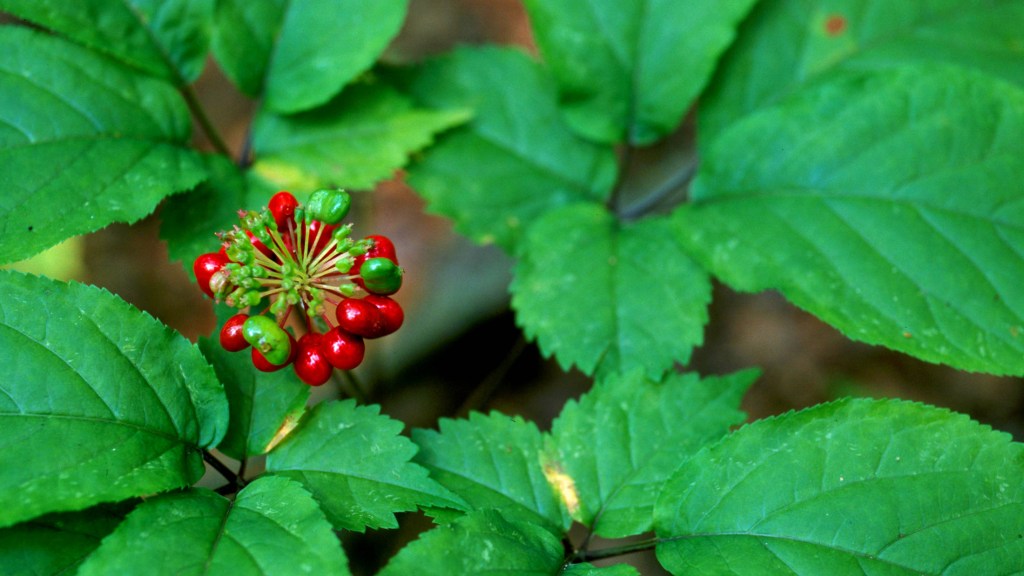



Thank you for your fascinating report on this wonderful plant. Years ago whilst living and working as a documentary filmmaker in Montréal, I became fascinated by the Québec ginseng story. You know anything about how it was discovered in Québec, Howard it got picked out and almost forgotten?
At the time, this was 30 years ago I was thinking about a documentary on ginseng. I still think it’s a great idea a global telling of the story. You know of documentaries that you can recommend on ginseng?
I’d love to have a chat about possibilities. My email is michael.rubbo@gmail.com.
‘enjoyed your well constructed and informative narrative of the wild ginseng industry.
D. Dove,
Awesome story! Thank You for expanding my knowledge of our wonderful resources our land has…. A nice follow up to this, would be asian ginseng, what happened to it? And how they came to find out and start buying/trading for ours on the world market.
Sincerely
Paula
P.S. Its the reality show i watched that peaked my interest to looking it up, that brought me to your article?
To the best of my knowledge, 19 States are currently authorized by the US Fish and Wildlife Service to export American ginseng. The native range of the species, however, extends beyond the boundaries of these 19 States.
Harvest of American ginseng may not be regulated in the remaining states (Connecticut, for example), though harvested material would not be eligible for export.
The book you got when you were a child sounds fascinating. I’ll try to see if I can find a copy, too. We grow wild-simulated ginseng here in the Ozarks of Arkansas. Wild Ozark is the only ginseng nursery I know of in the state. We don’t harvest roots except for our own household use, but mainly try to promote conservation and habitat restoration. I have a lot of information on our website to promote sustainable harvesting and growing of it out here, and if you don’t mind I’ll be adding the link to your post there, too (https://www.wildozark.com/ginseng-articles-and-headlines/). I think with the way you were digging and replanting and only taking a portion of the plants you weren’t inflicting a terrible toll on the populations. Out here, the old-timers and generational diggers all do the same and manage plots so that there is always a good supply. The ones who are digging to support addictions take all they can find and it doesn’t matter to them if it’s in season, whether there are ripe berries, or not. But it seems that it’s the logging that has done the most damage of all, and that’s entirely legal. A logger can take out the whole habitat in one hour of one day.
One of the conundrums I’m facing is encouraging people to plant seeds sourced as local as possible instead of simply choosing the least expensive seed. The least expensive are almost always from a state with ginseng of different genetic profiles than our Ozark plants. However, it is illegal (and bad for sustainability of true-wild ginseng) to gather and sell local seeds so the only option is to buy from a nursery who may or may not have gotten their start from at least remotely local genetic stock. I’d love to hear some thoughts on this topic as it pertains to people who want to encourage keeping the local varieties of wild ginseng local. However, since I know most of the diggers in this area are carrying purchased seeds with them to the woods when they dig, whether any of our ginseng is “true wild” anymore is a toss-up. So perhaps it is a moot point.
This was a fascinating piece. Thank you so much. I knew a little about ginseng but this meshed so many parts of the plants biology, e ology and history. I loved it and was so glad PCA suggested it.